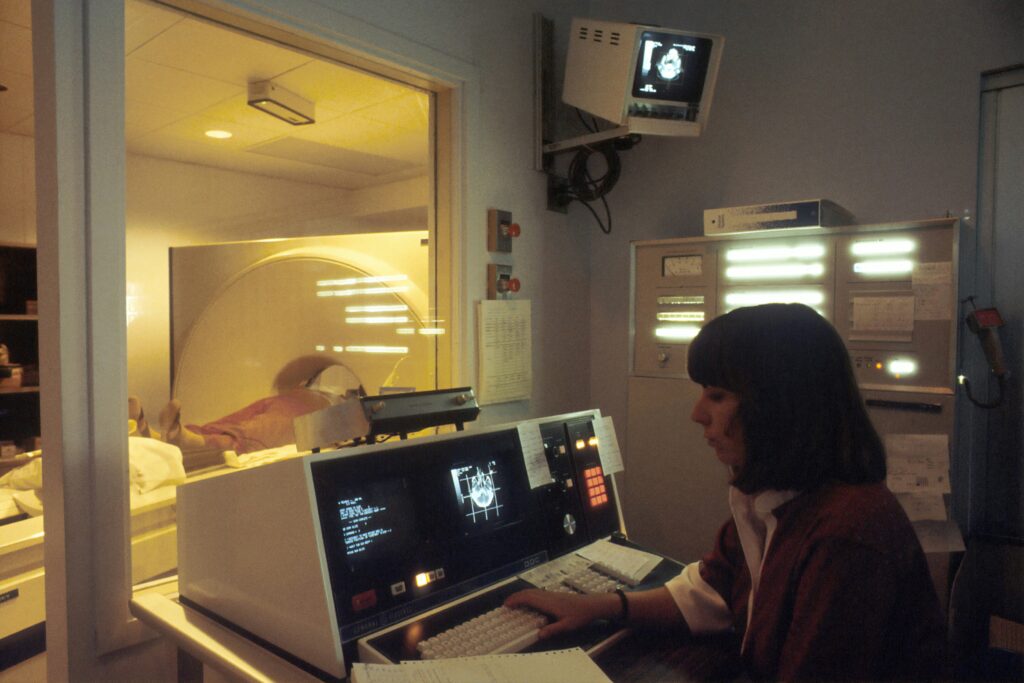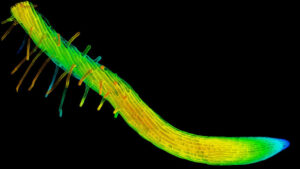
Women aged 65 and above remain at significant risk of cervical cancer linked to human papillomavirus (HPV), according to a comprehensive observational study published in the Gynecology and Obstetrics Clinical Medicine journal. This finding challenges current medical guidelines that often recommend halting cervical cancer screening in this age group if prior tests have been normal.
The study’s results are particularly concerning as global cases of cervical cancer continue to rise among older women. Researchers are urging a reevaluation of screening policies to better protect this vulnerable demographic.
Current Screening Guidelines Under Scrutiny
Despite the increasing incidence of cervical cancer in older women, most guidelines suggest discontinuing regular screening for those over 65 who have had normal smear tests in the past. However, the World Health Organization reported 157,182 new cases and 124,269 deaths from cervical cancer in women over 65 worldwide in 2022 alone.
In response to these alarming statistics, researchers analyzed cervical cancer screening data to better understand the characteristics of high-risk HPV infections in older women. This included examining infection rates, genotype distribution, and the prevalence of cervical intraepithelial neoplasia grade 2 or worse (CIN2+).
Study Findings: High-Risk HPV Infections in Older Women
The study, conducted across 628 healthcare facilities in Shenzhen, China, from 2017 to 2023, included data from over 2.5 million women. Of these, 2,152,766 had complete records, with an average age of 40. Only a small fraction, just over 2%, had been vaccinated against HPV.
Among the participants, 17,420 were aged 65 and above. The study found that older women were more likely to test positive for high-risk HPV genotypes compared to their younger counterparts. Specifically, nearly 14% of older women tested positive, compared to 8% of younger women.
Older women were also more likely to have multiple HPV infections and abnormalities detected during screening, with 23% versus 16.5% for younger women.
Colposcopy and Cancer Detection Rates
During the study period, over 89,000 women were referred for colposcopy due to suspicious abnormalities. The prevalence of CIN2+ abnormalities was notably higher in older women, with 14% compared to 9% in younger women. However, the overall detection rate of CIN2+ was lower in older women (58 cases) compared to younger women (3,320 cases).
Cancer detection rates were similarly low among older women, with only 16 cases identified, compared to 205 among younger participants.
Implications for Global Health Policy
The study’s authors emphasize the need for a global reassessment of cervical cancer screening guidelines for women over 65. They argue that current practices may overlook significant risks, particularly for those who have not been vaccinated or adequately screened in earlier years.
“These data indicate that women aged 65 and above are a high-risk group for cervical cancer incidence and mortality, necessitating urgent attention from countries worldwide,” the researchers stated.
Experts suggest that declining immunity and postmenopausal hormonal changes may increase susceptibility to high-risk HPV infections and subsequent cervical cancer in older women. This risk is exacerbated for those who missed early screening opportunities.
Looking Forward: Policy Changes and Public Health Initiatives
As life expectancy continues to rise globally, the importance of effective cervical cancer screening for older women becomes increasingly critical. Public health officials and policymakers are encouraged to consider these findings when updating screening guidelines and to promote HPV vaccination across all age groups.
Future research is needed to explore the causal factors of HPV infections in older women and to develop targeted interventions that can mitigate these risks. Meanwhile, healthcare providers are urged to remain vigilant and consider individual patient histories when determining screening schedules.
The study highlights a pressing need for healthcare systems worldwide to adapt to the changing demographics and health profiles of aging populations, ensuring that older women receive the necessary care to prevent cervical cancer.





